What is that WHITE SPOT on my Labrador?
(Pictured Above: Meet historic and expert breeder, Mary Roslin Williams)
I’m excited to dig into the history books of Labradors and let you peer into the very beginning of the breed and its most dedicated mentors, including the famous, ADVANCED breeder of Labradors, Mary Roslin Williams. I tried to bid on her book “Reaching for the Stars”, written in 1988, at our World Labrador Specialty and it went for $1,400! BUT I have a rag-tag copy I keep that I call my LABRADOR BIBLE!
Any breeder who has put their heart, soul and blood into the dedication to this breed will read her words with respect and authority more than any other Labrador Breeder I know. So, since I know you all won’t be able to get your hands on a copy of this book, I am going to share some of her wisdom throughout our blog occasionally, because this information is SO IMPORTANT! Even if you are wondering if you have a “dull black coated” black lab or a crisp, dark coat–does your Lab’s undercoat shed white, black, or chocolate (no matter what their real color is)? Or does your dog have white on its chest, feet, or belly? Lets learn from Mary’s amazing wisdom through the re-release of her book, adding new material from the UK, the US, and Australia!
(CLICK ON ANY OF THE PICTURES TO EXPAND THEM AND READ THE ORIGINAL CAPTIONS BY MARY)
Too many Lab breeders say there is only ONE Labrador- the black Labrador. While that is not the opinion of most pet owners, this thought goes back decades. But some judges won’t even give a ribbon to anything but a black in the ring! What Mary found, as well as many historical breeders, including myself, is that when there is yellow in the line you can get splashes of white. Yellows only started their heyday when breeders such as the Radclyffes and Mrs. Wormald (UK) took a fancy to them and bred them purposely! It took even longer for the chocolate Lab to gain footing- and some of my introduction into the breed came through breeders like Sally Kelley of Kelleygreen Labradors. Sally specifically sought to improve chocolates in the breed so they were competitive against blacks and yellow in the ring (she imported many of these UK/British lines!). And we succeeded! Sterling is just one of the fruits of our labor:
Many other breeders like Cheryl Curtis and Tana Carpenter were also instrumental in helping me understand how to get this quality chocolate Labrador specimen. But again, did you know that if the chocolate carries yellow in its background it is possible to have splashes of white on toes, tail, tummy, or chest–which is ALLOWABLE BY AKC BREED STANDARDS– so you will sometimes see Labradors with white in the showing and this is totally acceptable! And sometimes actually dearly loved and adored by pet parents! But they must also have DARK pigment (not diluted like silvers or charcoal) and they must still have a dark eye. If your chocolates carry yellow and vice versa and you breed those two traits together (which is the #1 No-No of Labrador Breeding) you get chocolates with yellow, green or blue eyes, light pigment, and light coat and yellows with the same strange light eyes and light liver pigment (sometimes referred to as ‘Dudley’). So when we DO see it pop up it goes waaaay back to the origin of the breed! I’ve even seen twice a black splash on a yellow dog- and a more experienced breeder actually was excited and told me some of this history I’m telling you now!
But do they KEEP these white markings after they lose their puppy coat or do they stay? Annastasia, my assistant, did some digging and followed up with some folks that got pups from us that had white on their chest- just out of curiosity to see it it stayed or not. At the end we’ll share our findings!!!
Mary says, “…Another color that still occasionally appears is that of the “hailstone” Labrador, black spotted with white flecks. In my young days these were regarded with some suspicion at first.”
Others are “splashed” Labradors as she defines it, and appears at about 4 months old. I’ve only seen one of these, about 20 years ago. She lost the flecks with her puppy coat–interesting for me to observe!
Mary goes on to say, “I am convinced that the Labrador, being a manufactured breed of unknown origins, carries all sorts of blood and occasionally the genes meet and the throwback occurs.”
Only since the 19th century did this breed begin to be produced in the region of “Labrador” and spread throughout the world as the Labrador you see today. A dairy farmer with Guernsey’s and Jersey’s confirmed this even happens in his herd, from when the cows from one place swam to another and interbred decades ago, while being developed. Some of the splashing she refers to as coming from Scotland lines, but her UK Labradors never had any sign. Until she bred to a Scottish male! (Gotta watch those Scots LOL!) Mary also observed some “Black and Tan” Labradors running around after the war which she contributes to interbreeding with Doberman’s and Rottweilers. She also noted that their temperaments were NOTHING like the ‘true blue’ Labrador Retriever and she saw this as dangerous since accidental breedings could be treated like a Labrador at liberty, only showing aggression.
She goes on to say, “Gray or white thumb marks on the heels of the blacks always denote an excellent coat and very good type. I very much like these on my blacks and also look for and welcome the white roots to the hairs of my black top-coats, especially one-third of the way down the tail… All the best Labradors I have known (black) have had a mousy undercoat and many of them show a large amount of grey at the root. I must say that this is the coat I have always liked best in my own blacks… and I myself love the grey heels, this being a continuation of the undercoat.” (She said it, I didn’t!)
There is so much to know about the over 50 types of coat color inheritance in Labradors and its fascinating. We will post some pictures below of dogs we’ve had with white as pups and what has happened to the spots when they are full-grown.
Next up! We’ll talk about the YELLOW Labrador and ALL of the many shades and coats it brings with it!
Are they related to Golden Retrievers? Stay tuned to find out…
Below, some of our “Labs with spots” and how they looked as pups and how they look now:
***IF YOU SEE THIS ARTICLE ON THE WEBSITE “PETSYNSE” LET US KNOW, AS THEY ARE ENGAGING IN COPYRIGHT ENFRINGEMENT AND ARE COPYING ALL THE BLOGS ON HERE ONTO THEIR SITE AND TAKING CREDIT****
All Blogs and information on website are (C) Copywritten. 2021, by Donna Stanley, Endless Mt. Labradors, and is not for use unless by permission only by Donna Stanley.
Related Articles
DO NOT BUY A PUPPY OR DOG UNTIL YOU READ THIS!!! (Donna\’s full-length memoir/Labrador History)
Why your Lab should stop biting and jumping on–GET THIS!!–DAY #1!!!
Purebred Thefts on the Rise! (and in the news)
Does your Pet Shampoo contain these harmful chemicals?
Buyer Beware
Am I crazy to want two puppies??

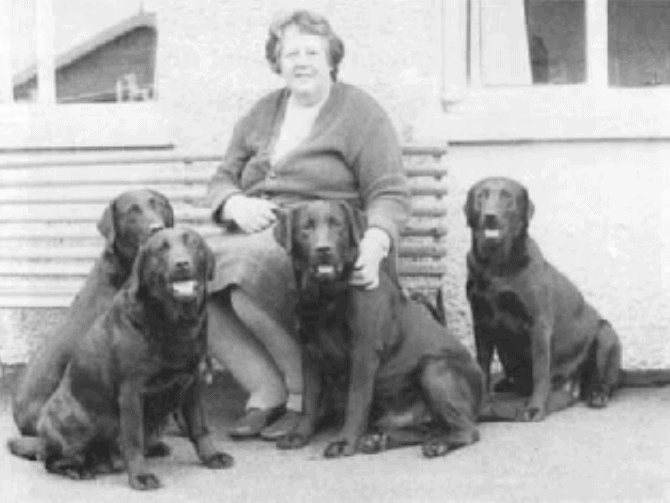
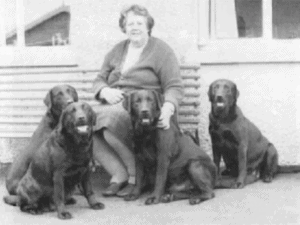
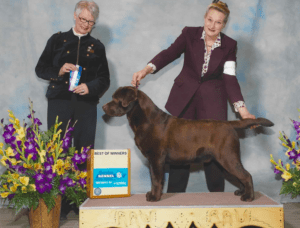
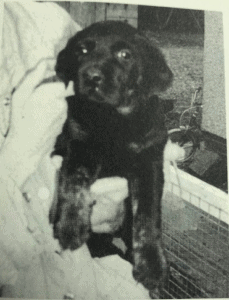
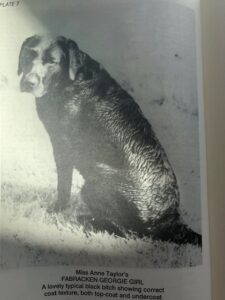
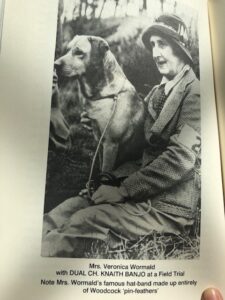
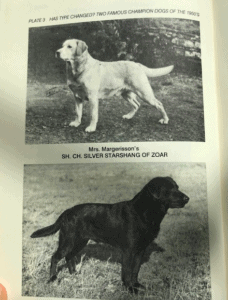
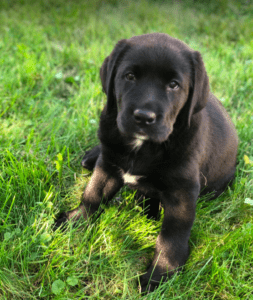
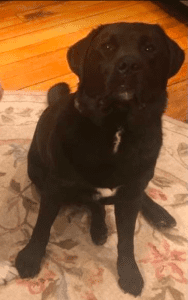
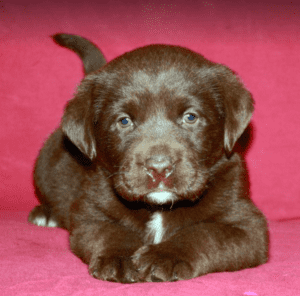
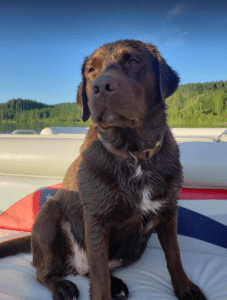
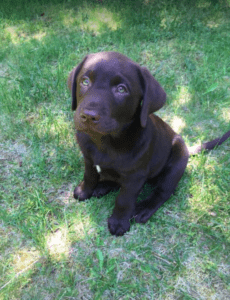
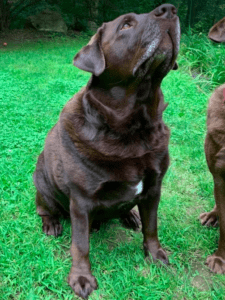

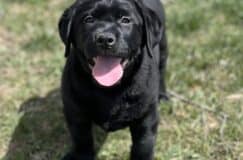


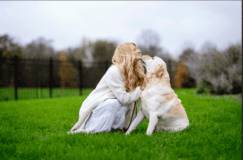
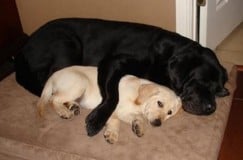
33 Comments